Roofing Material Types

Roofing Material Types
Roofing material types offer various options, each with its own benefits and advantages. Understanding the different kinds of roofing materials can help homeowners and roofing contractors make informed decisions for roofing construction and remodeling projects. Whether you are looking for a durable and long-lasting option, a cost-effective solution, or a material that enhances energy efficiency, knowing the benefits and advantages of each type will better equip readers to choose the roofing material that suits their specific needs, preferences, and budget. Popular roofing materials are available in various colors to match any home aesthetic. Professional installation by experts in the roofing industry ensures that the chosen material performs optimally and lasts longer.
Asphalt Shingles
3-tab shingles are the most basic and common type of roofing system. They are flat and uniform, with three tabs cut into each piece. These shingles are the most cost-effective option but have a shorter lifespan than other types, typically lasting around 15-20 years. Despite their shorter lifespan, 3-tab shingles are still popular due to their affordability.
Architectural shingles, dimensional or laminate shingles, offer a more premium look and enhanced durability. They are heavier and thicker than 3-tab shingles, giving them a three-dimensional appearance and a more visually appealing design. Architectural shingles typically last 25-30 years and offer better wind resistance and durability than 3-tab shingles. They also come in various colors and designs, allowing homeowners to achieve a more customized look for their roofs.
Other popular roofing materials include asphalt shingles, metal roof systems, and membrane roofs, known for their durability and resistance to roof repairs. Choosing the correct type of roofing system and having it professionally installed ensures long-lasting performance and protection for your residential roof.
Metal Roofing
Metal roofs, including seam metal roofing and metal shingles, are also highly resistant to extreme weather conditions, including fire, making them a safe option for homeowners. Additionally, metal roofs require minimal maintenance, saving homeowners time and money in the long run.
Various protective coatings are used in metal roofing, each with unique characteristics. Steel, mainly galvanized steel with a zinc coating and stainless steel, is renowned for its strength and affordability. Aluminum is lightweight and corrosion-resistant, making it ideal for coastal areas. Copper offers an attractive rustic look and is known for its longevity. Metal roofs often incorporate fiberglass mats for tear resistance, providing added durability and longevity.
Metal roofing complements various house styles, including bungalows, cabins, contemporary homes, and cottage-style houses. Its versatility allows it to enhance the aesthetic appearance of any home while providing superior protection. Additionally, seam roofs and metal roofing systems can be particularly effective in dry climates due to their ability to reflect heat and resist wear.
Other popular roofing options include wood shingles and wood roofs, which offer a natural and traditional look. However, metal roofing remains a top choice among various roof types for those seeking durability and low maintenance.
Solar Tiles
Moreover, solar tiles are extremely energy efficient. They harness the sun’s power to generate electricity, which can then be used to power the home or stored in batteries for later use. This renewable energy source can significantly reduce or even eliminate reliance on the grid, resulting in substantial savings for the building owner.
Solar tiles are especially beneficial in hot climates where abundant sunlight maximizes their energy-generating potential. Additionally, solar shingles can be integrated into the roofing system for a seamless look and increased energy efficiency.
However, while solar tiles offer numerous advantages, they also have some drawbacks. The installation process’s initial cost is higher than traditional roofing options. Additionally, the efficiency of solar tiles can be affected by factors such as shading or roof orientation, so proper planning and positioning are crucial for optimal energy generation.
For those looking to enhance their energy efficiency further, solar panels can also be installed alongside solar tiles, providing an even greater capacity for renewable energy production.
In terms of suitability, solar tiles are ideal for environments with abundant sunlight. They are most effective in regions with a high solar radiation index, where they can generate a significant amount of electricity. However, their energy production may need to be more efficient in areas with frequent cloud cover or less sunlight. Additionally, hiring an experienced installer is essential to ensure proper installation and maximize the benefits of solar tiles.
Slate
One critical advantage of slate roofing is its longevity. With a lifespan of up to 100 years or more, it surpasses many other roofing materials in terms of durability. It is also resistant to fire, insects, and rot, making it an excellent investment for homeowners seeking slate roof installations.
Another notable benefit of slate roofing is its eco-friendliness. Unlike other materials, slate is a natural product that does not harm the environment. Its long lifespan reduces the need for frequent replacements, reducing waste.
However, there are a few drawbacks to consider when choosing slate roofing. One of the main concerns is its cost, as slate is generally more expensive than other roofing materials. Additionally, due to its weight, the slate roofing installation requires professional expertise and extra framing, adding to the overall cost. Despite these considerations, slate tiles remain desirable for those looking for a durable and visually appealing roofing solution.
Rubber Slate
The manufacturing process involves molding the EPDM material into slate-shaped pieces resembling natural slate. This allows for easy installation, with the rubber slates being nailed or glued directly onto the roof surface. The lightweight nature of the rubber slate makes it convenient to work with, reducing the labor and time required for membrane roofing installation.
Furthermore, thanks to its waterproof membrane, rubber slate provides exceptional waterproofing qualities, ensuring the roof remains well-protected against leaks that could damage the underlying structure. This makes rubber slate an ideal, durable option for regions with heavy rainfall or areas prone to water intrusion, regardless of the roofing style or pitch.
Green Roofs
Moreover, green roofing improves air quality by filtering pollutants and capturing airborne particles. The vegetation on the roof absorbs carbon dioxide and releases oxygen, promoting a healthier environment. Additionally, green roofing acts as a natural water filter, absorbing and retaining rainwater, thus preventing water absorption and reducing strain on drainage systems. This helps mitigate the risk of flooding and protect water quality in surrounding areas.
Another advantage of green roofing is its ability to create enjoyable spaces for building occupants. They provide an opportunity for recreational activities, gardening, and even wildlife habitats. Green roofing can serve as gathering areas, allowing people to connect with nature and enjoy the scenic views.
However, there are also considerations and downsides to green roofing. Proper maintenance is essential to ensure the longevity and functionality of the roof. Regular inspections are needed to address potential issues, such as leaks or vegetation overgrowth. Additionally, the installation and upkeep of green roofing frequently demand specialized labor, potentially elevating the overall expenses in contrast to contemporary home roofing endeavors.
Built-up Roofing
Durability is another advantage of built-up roofing systems. The multiple layers protect against the elements, including UV rays, extreme temperatures, and heavy rain. This durability ensures the roof’s longevity, reducing the need for frequent repairs or replacement.
However, built-up roofing does have some drawbacks. One significant drawback is its limited residential application. Built-up roofing is typically more suitable for commercial or industrial buildings than residential ones. Additionally, the installation of built-up roofing requires the expertise of roofing professionals. The layered process and the use of hot asphalt can be complex and require specialized skills to ensure proper installation.
Enhance Your Roofing Experience with Sky Roofing Construction & Remodeling
Begin your journey to exceptional roofing by calling Sky Roofing Construction & Remodeling today at (210) 942-9797. Let us transform your vision into reality and elevate the beauty and functionality of your home with our trusted roofing solutions.
Learn more about roofing material types and the services we offer: https://skyroofingconstructiontx.com/roofing-services/
Quality workmanship done right the first time
Contact Us
Address
415 Balcones Heights Rd.
San Antonio, TX 78201
Contact@SkyRoofingConstructiontx.com
Call Us
(210) 942-9797
The post Roofing Material Types appeared first on Roofing Contractor San Antonio - Sky Roofing Construction & Remodeling.
from Roofing Contractor San Antonio – Sky Roofing Construction & Remodeling https://skyroofingconstructiontx.com/roofing-material-types/
via Sky Roofing Construction & Remodeling
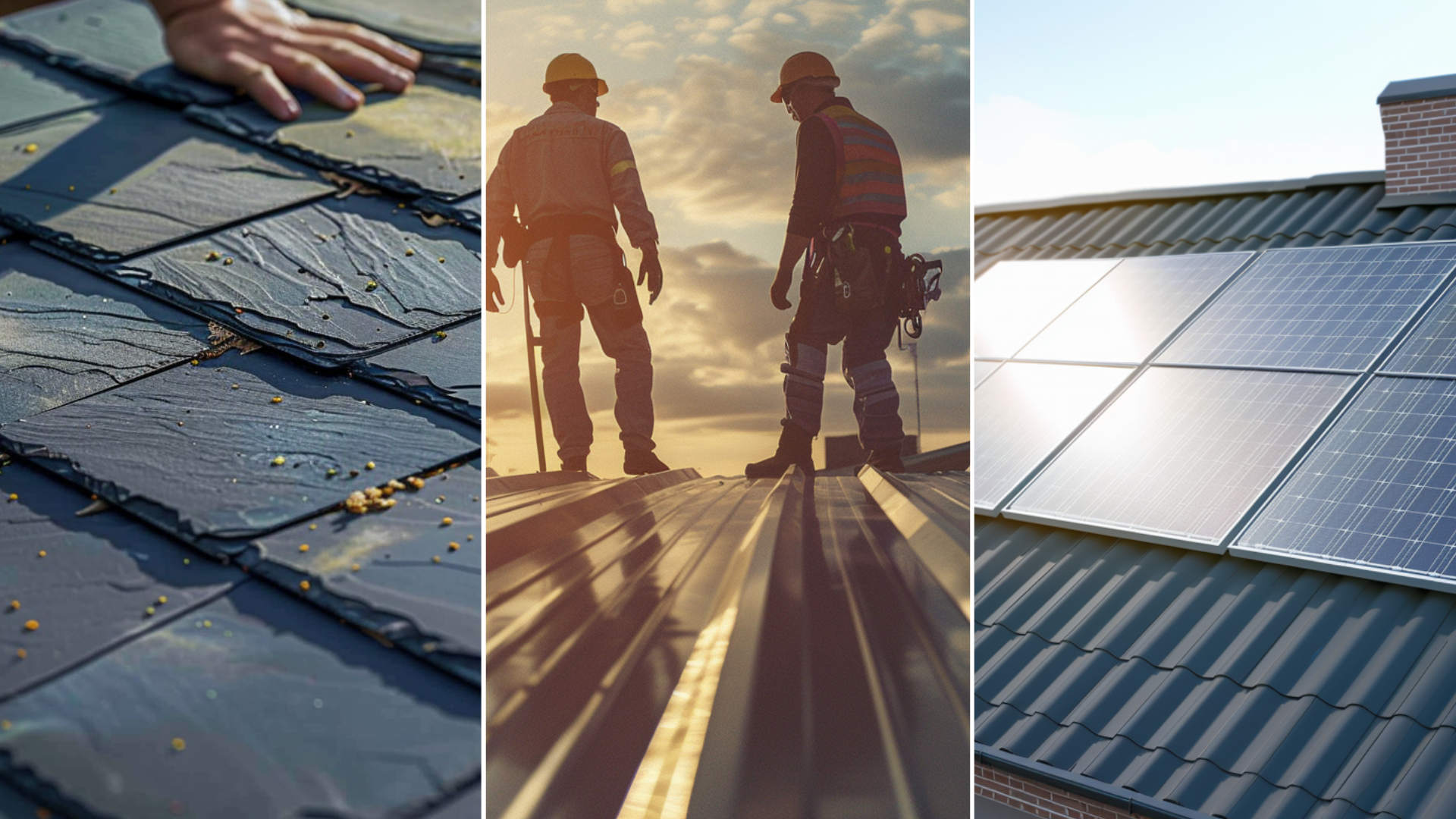
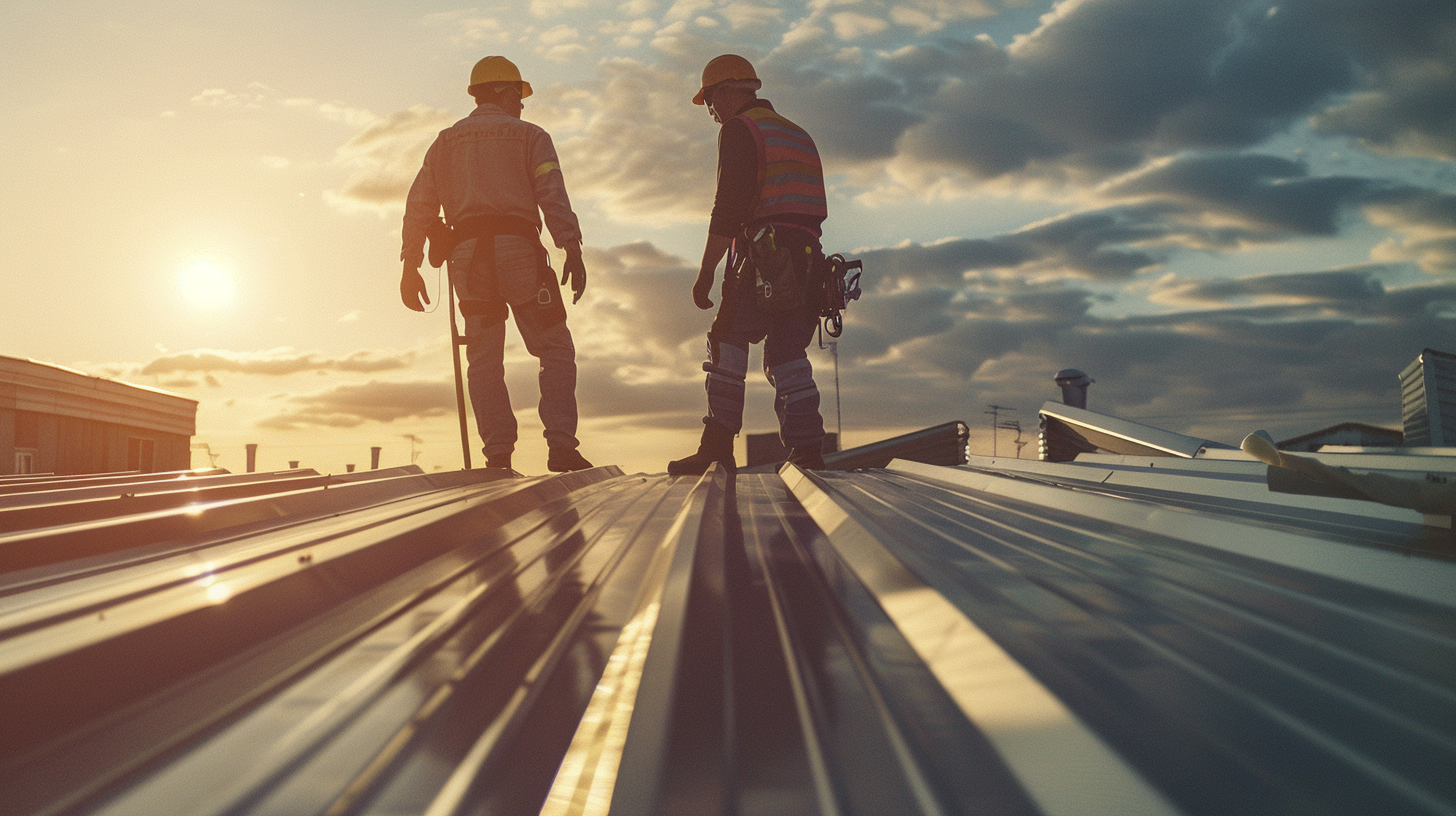
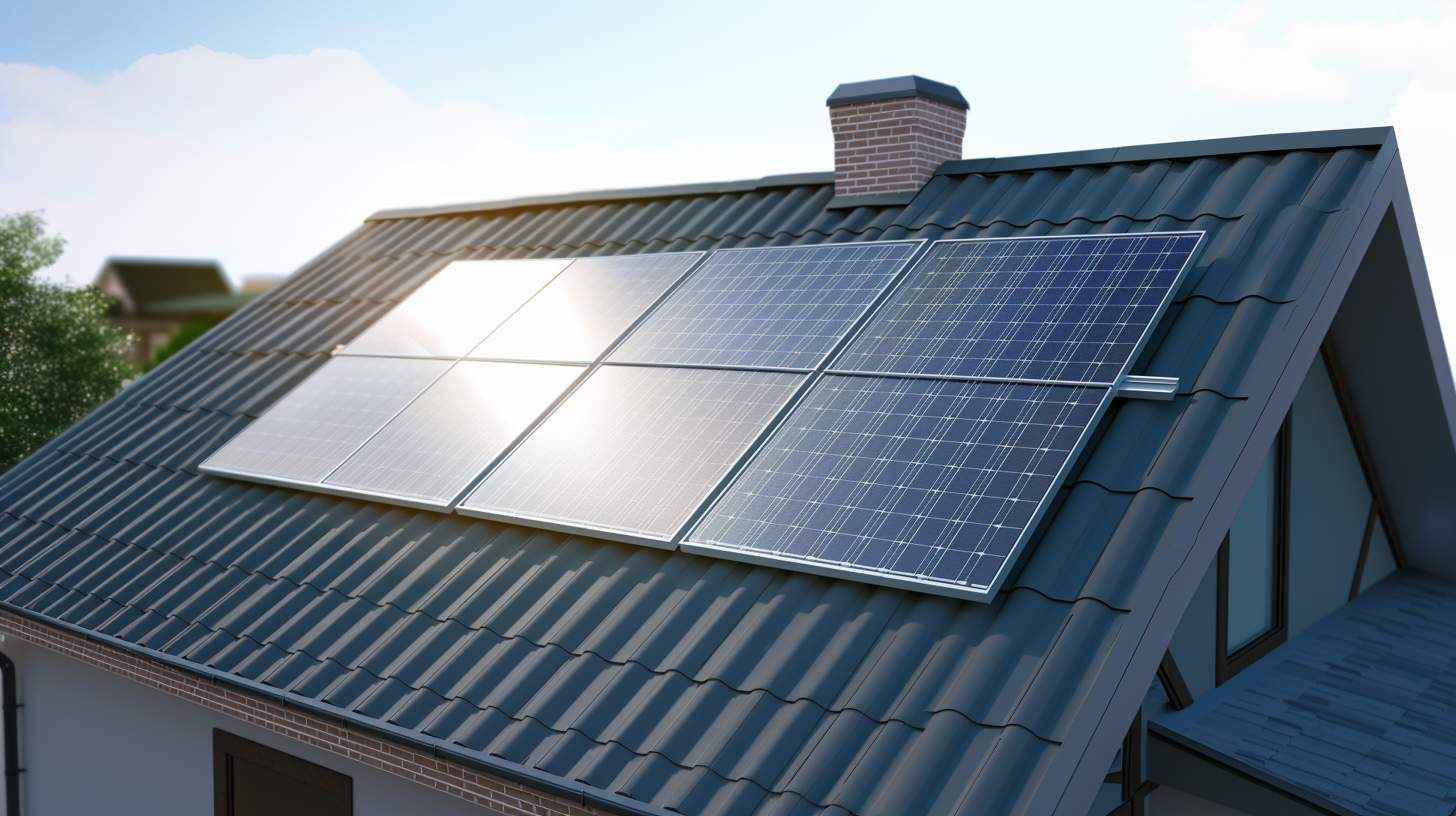
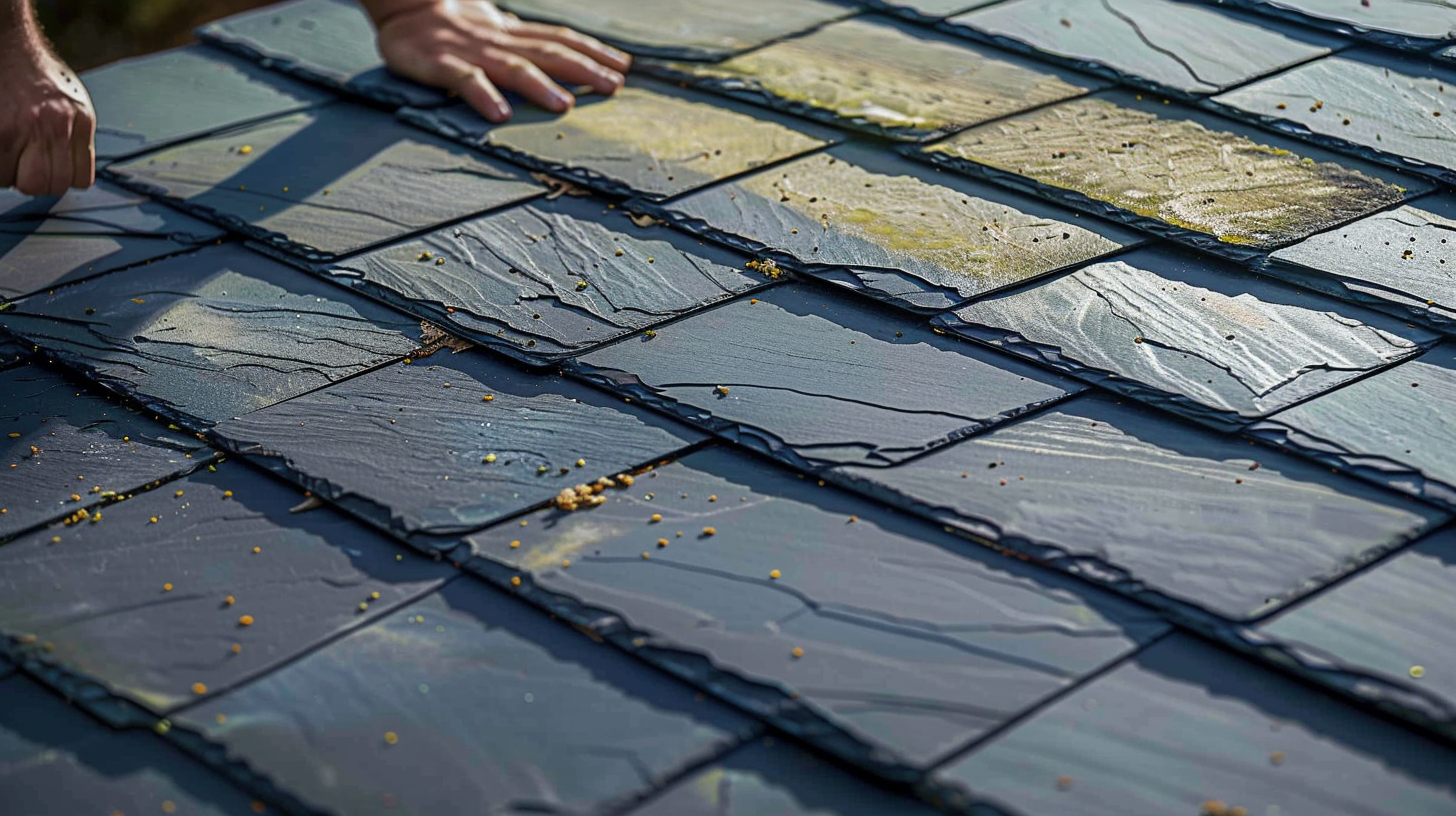
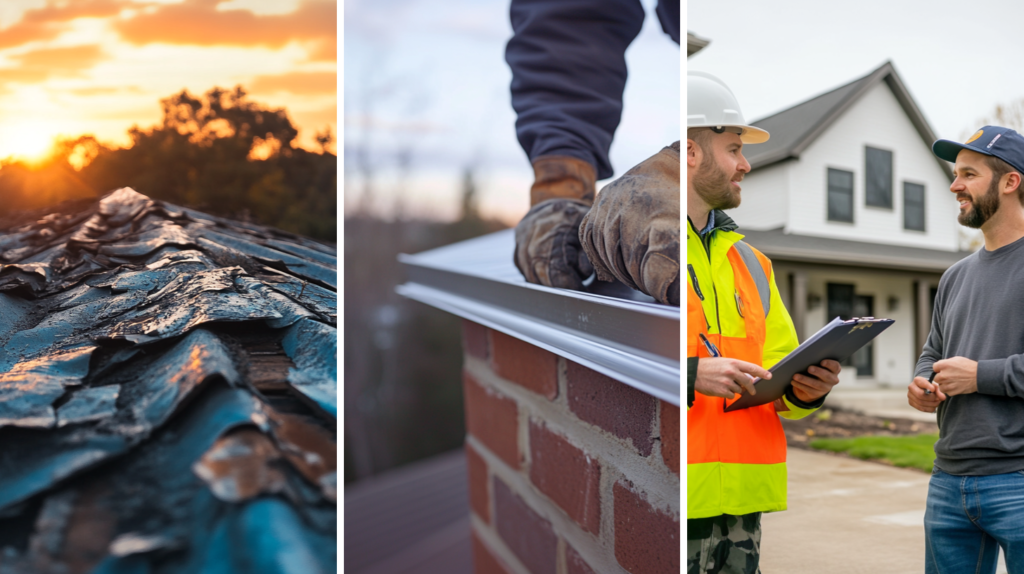
No comments:
Post a Comment